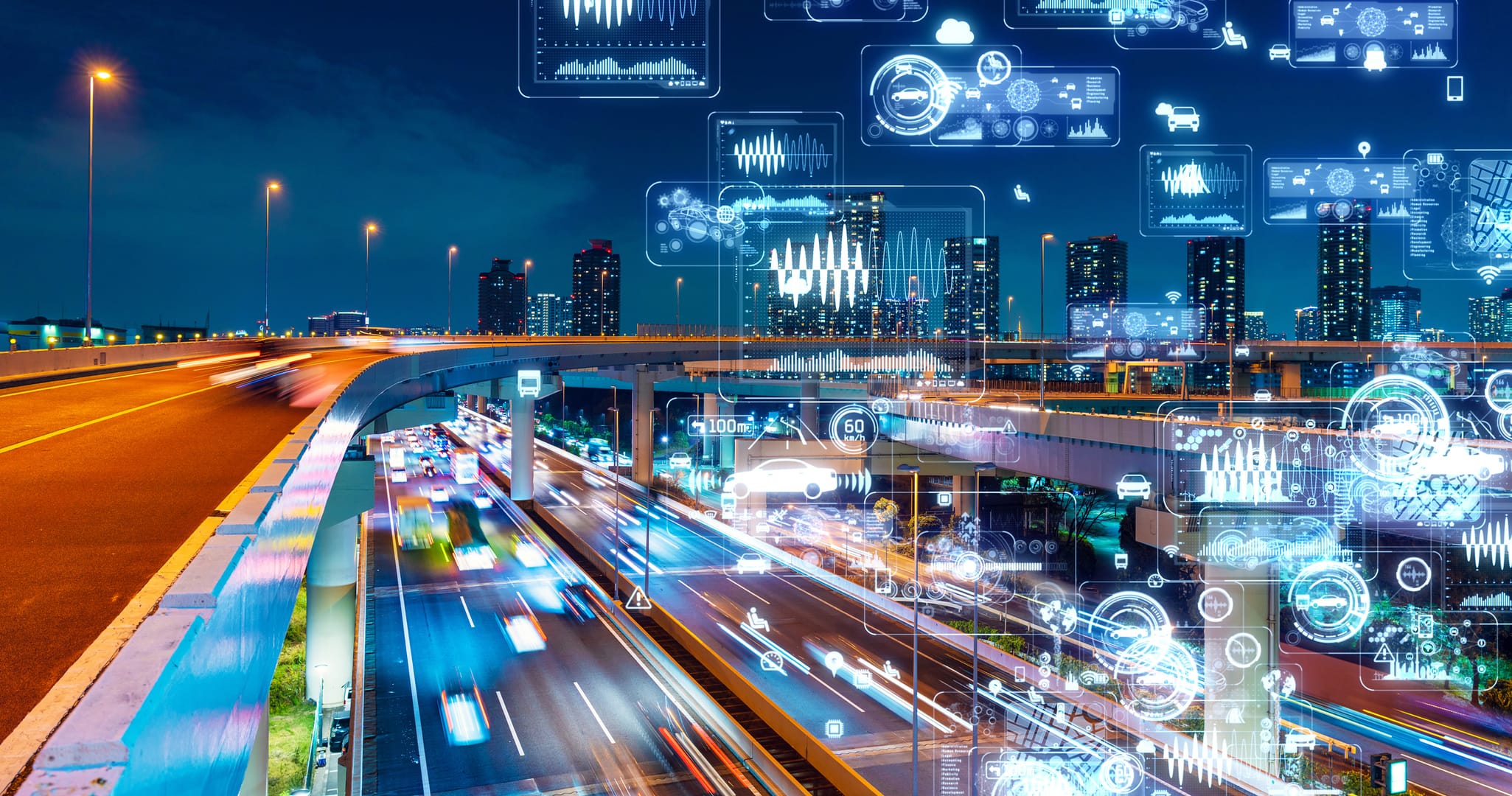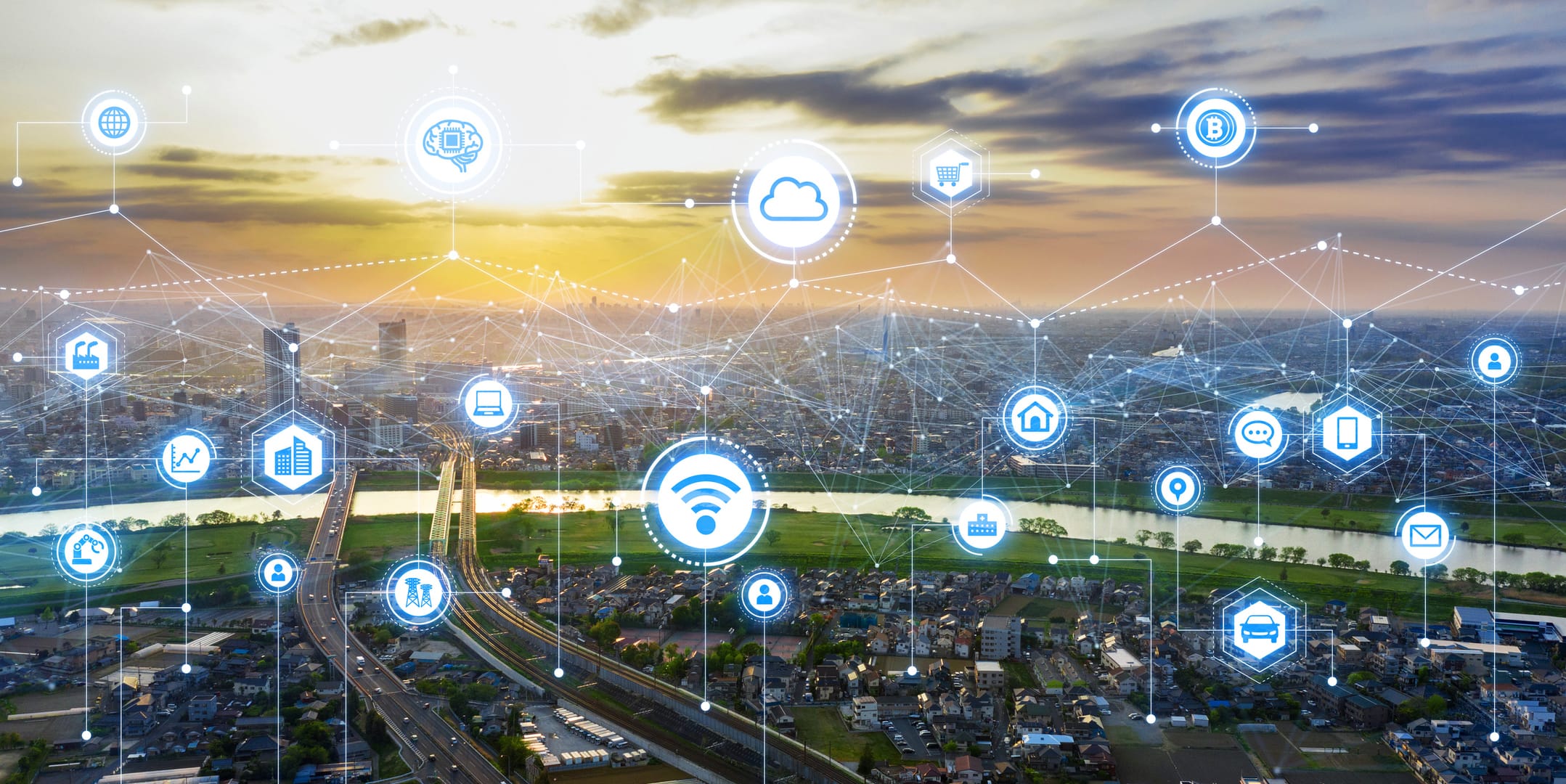By Thomas McElroy, Level-1 Global Solutions

The term “smart city” has been used for years, especially by visionaries talking about the potential for smart cities to reimagine everything from health concerns to city utility allocation. While smart cities are no longer a vision for the future – they’re already here – many people still have only a passing familiarity with the smart city concept.
Yes, smart cities are here, and they are growing rapidly. In many of these cities, municipal governments can leverage internet access and wireless technologies to improve infrastructure, efficiency, convenience, and quality of life across their communities. They can connect many city sectors – such as public transportation, utilities, and parks and recreation – with technologies that benefit citizens. In addition, the data collected is then used by governmental leaders to further enhance services and improve quality of life.
However, while the concept of smart cities has gained tremendous traction, many city officials find that they lack adequate infrastructure to fully realize the potential of a smart city. None of these technologies can be leveraged without the superior connectivity required to maintain a plethora of devices and sensors.

In the coming years, a number of trends will likely shape the continued development of smart cities, such as:
- Increased real-time monitoring of all types of data, from light levels to air quality
- Technology to better direct traffic and make transit more efficient
- Improved waste management systems
- Improved public safety and emergency services
- Greater digitization of many municipal processes
- Increased focus on security and privacy
- Greater adoption of mobile and cellular solutions
The use of technology to enhance these services and systems is not without its challenges, however, and chief among them is the lack of critical infrastructure.
Smart city implementation challenges are often related to coverage and capacity or security and privacy. The lack of security is especially prevalent. Data analysts estimate that approximately 20 percent of the digital devices currently deployed by municipal governments contain malware and ransomware. The vulnerabilities in these devices will likely remain a high-priority target for hackers in the coming years.
While the challenges involved in designing a smart city are formidable, the benefits can be tremendous. Consider these potential improvements:
- Enhanced citizen and government engagement that leverages collaborative tools, intuitive websites, self-service portals, mobile applications, interactive maps, government performance dashboards, and live streaming of public events
- A reduced environmental footprint as a result of creating greater energy efficiency, monitoring air quality, and building upon renewable resources
- Effective data-driven decision-making by community leaders who use real-time data to reduce risk and make better decisions for the city
- Increased digital equity by ensuring that all community members have access to affordable devices and high-speed internet connectivity
- Increased economic development opportunities due to private sector interest in investing in smart cities
- Improved infrastructure due to better monitoring and early intervention to improve roads, bridges, and water infrastructure
- More efficient public utilities that reduce downtime and improve usage rates to conserve city resources
- Improved quality of life for citizens through more efficient services as well as public access to improved opportunities that impact health, education, and other environmental conditions that improve well-being
- Increased revenues and lower costs for city governments
Reimagining a municipality as a smart city is a tremendous undertaking, but the results can be transformational for citizens and leaders alike, as the quality of life in the community is greatly enhanced. The benefits listed above represent some of the highest-level goals for municipalities across the nation that are transforming themselves into smart cities.
While the process of becoming a smart city and achieving these benefits is marked by countless challenges, the first step for all communities on this journey is to recognize the critical infrastructure that is necessary for all smart platforms to operate. Three key solutions are required before the design and rollout of other technologies can begin.

Renewable, Resilient Power
The continued ability to generate electricity and supply power is a tremendous concern for many municipalities. All of the technologies that enable smart cities need reliable power to be effective – and relying on old energy generation methods to fuel an increase in power consumption is no longer an option. Communities need resource-efficient, self-sustaining neighborhoods with sustainable power distribution.
In order to achieve this standard, natural resources like wind, solar, and waste power generation must be leveraged to meet the goals of planning and development, zoning, and other legislative committee processes.
Safe, Secure, and Connected Citizens
In order to ensure that citizens and their data remain secure, a network foundation must be designed and built for city privacy, in accordance with forthcoming regulatory policies. Security remains a significant threat that costs U.S. citizens and businesses in communities across the nation. Cybercrime is anticipated to grow by 15 percent over the next few years, with estimated losses reaching $10.5 trillion USD annually by 2025.
To promote economic activity and ensure citizen safety, communities need smart data transmission between cyber-threat-proof cameras, sensors, building automation systems, clean energy equipment, the smart grid, data management systems, and cloud-based analytic systems that integrate with local public safety resources.
Inclusive Communities
The development of inclusive communities requires an infrastructure that extends to nearby underserved neighborhoods and community locations. Many major metropolitan areas have glaring inequalities, but promoting equity in access to necessary amenities such as clean water, efficient energy, education, transportation, waste management, and public Wi-Fi can increase economic opportunity and prosperity across entire communities. Ultimately, achieving these goals can improve the level of wealth and the standard of living of all citizens.
The development of smart cities is on the rise – and for good reason. Smart city design can transform and reshape communities on a scale never before imagined. Many municipalities across the country are now in the very early stages of planning their smart city upgrades, and the next several years will be marked by rapid transformation. The first step in the journey is assessing infrastructure needs and confirming that appropriate technologies are in place. This action will ensure that when it is time to place devices on the network, everything will operate as it should – and this is crucial for making a positive impact in the lives of all residents.

Thomas McElroy, Founder of Level-1 Global Solutions, a technology developer, networking, infrastructure, and IT security firm that facilitates millions of dollars in contracts for major cities, corporations, and governments. Level-1 empowers the design sector with high-bandwidth and cutting-edge technology solutions for the future while bridging infrastructures with managed power distribution for construction and implementation projects. They also provide the three key solutions needed for smarter platforms including renewable and resilient power to sustain neighborhoods, networks, and smart data that support safe and connected citizens and infrastructures that are inclusive by expanding amenities and digital access to underserved communities. Thomas was even deemed by Crain’s in 2020 as Tech Entrepreneur of the year.
CURT’s Technology and Productivity Committee is focused on keeping owners on the cutting edge of technology. The Committee goes beyond the hype of technology to really understand whether a product works and to gain insight into what technologies are available and what makes good sense to employ. If you’re interested in sharing tech-related best practices and continuous learning, reach out to construction-users@curt.org to learn more.
Connect with CURT to stay up to date on everything construction-related. Link up with us on Facebook and LinkedIn for more great content that will help you lead your team and succeed in your position.
CURT’S MISSION IS TO CREATE A COMPETITIVE ADVANTAGE FOR CONSTRUCTION USERS. CURT ACCOMPLISHES THIS MULTIFACETED OBJECTIVE BY PROVIDING AGGRESSIVE LEADERSHIP ON THOSE BUSINESS ISSUES THAT PROMOTE EXCELLENCE IN THE CREATION OF CAPITAL ASSETS.
